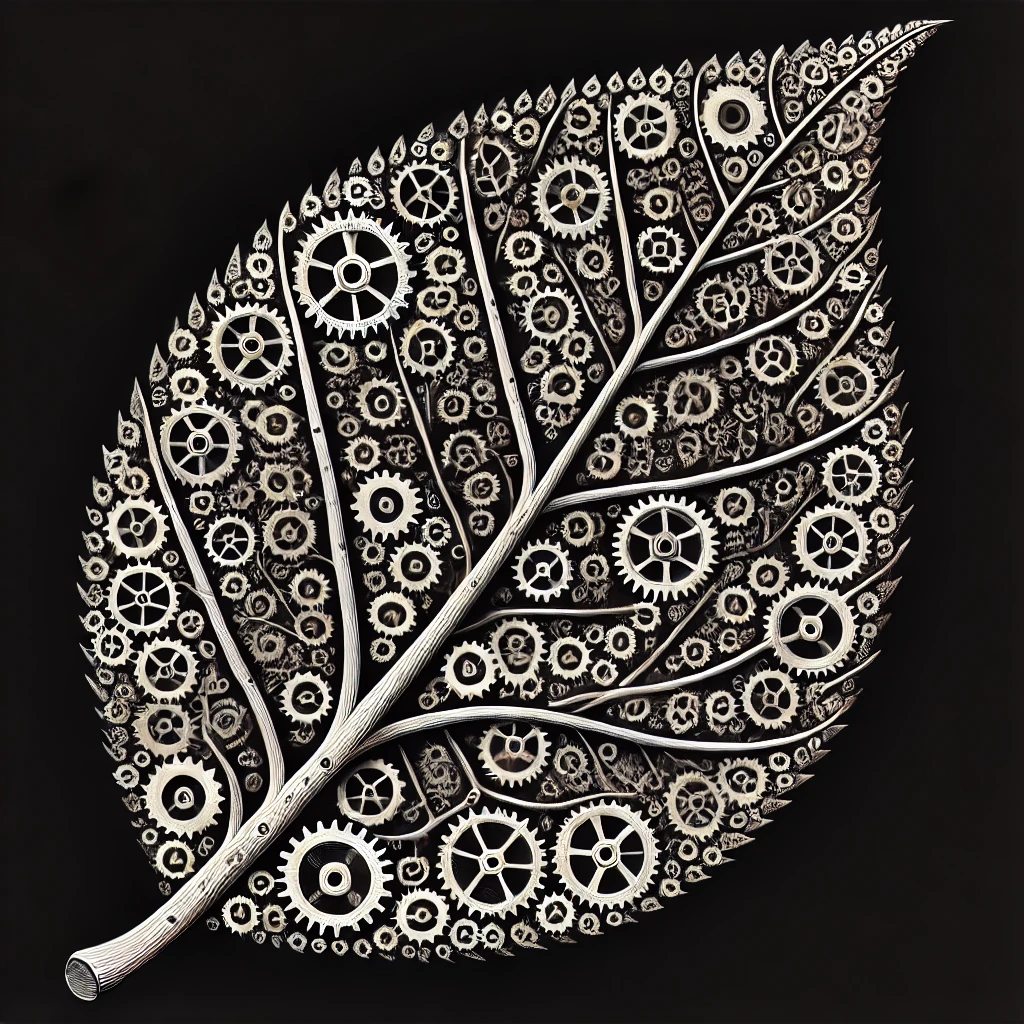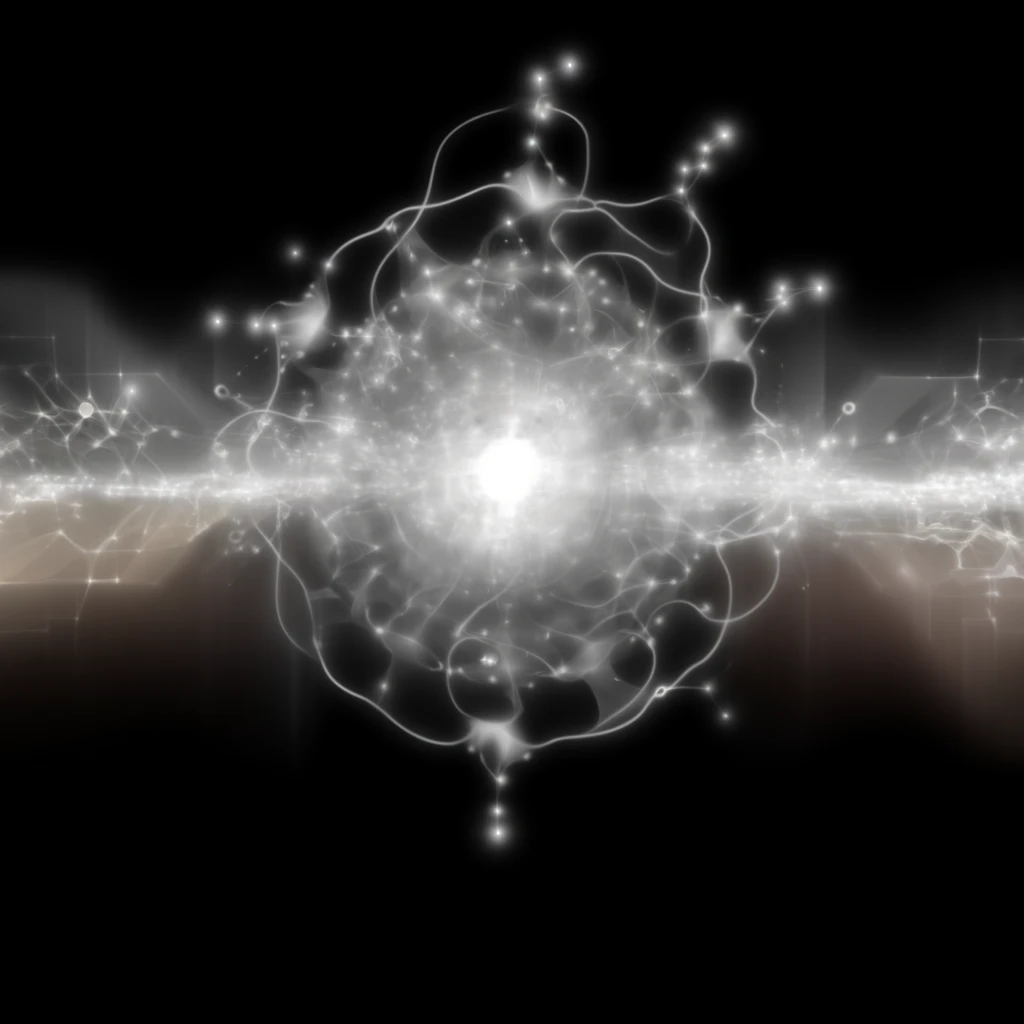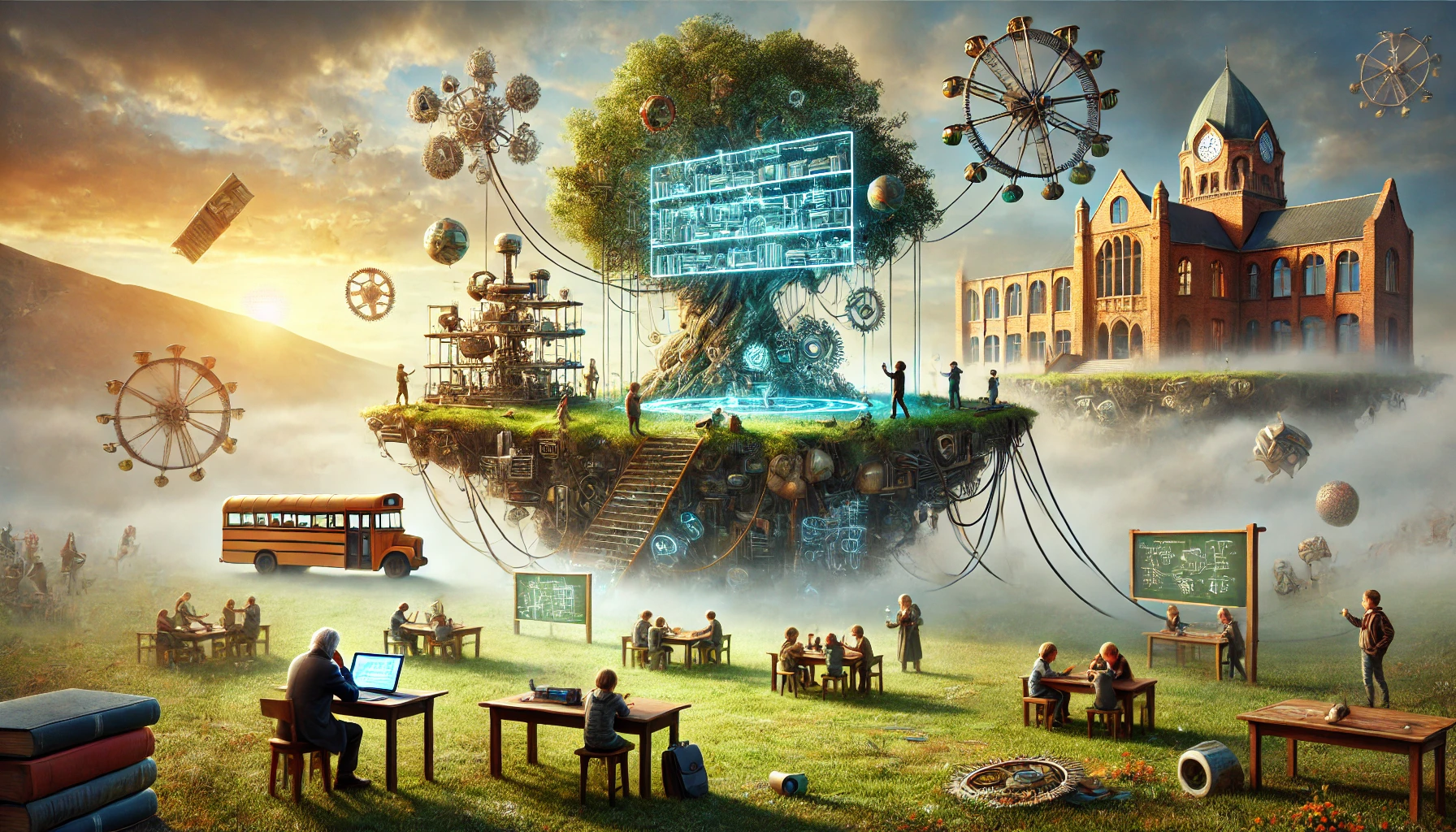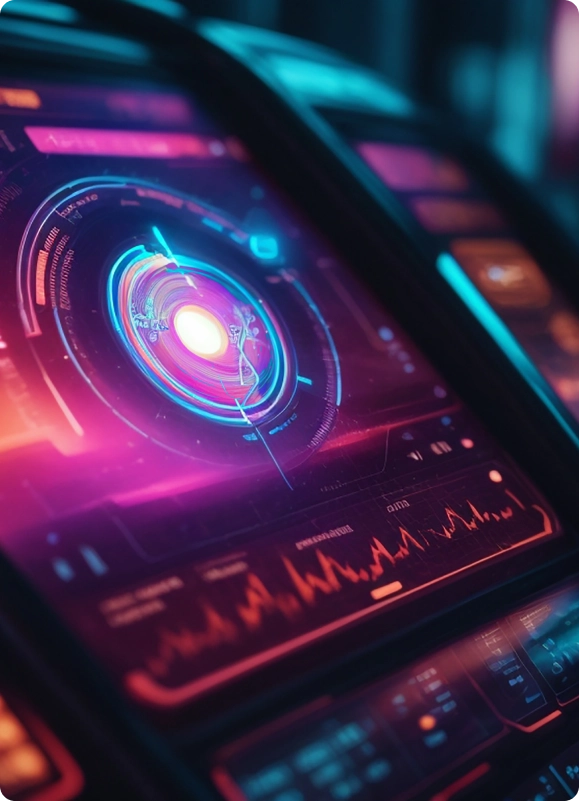How the Smallest Systems Give Rise to Infinite Complexity
In 1936, a quiet revolution was born in the mind of a young British mathematician, Alan Turing. He imagined a machine—one that could compute anything, given enough time and space. This hypothetical device, the Turing machine, would later become the foundation of modern computing. But what Turing may not have foreseen is that nearly a century later, another revolutionary idea would emerge, asking the same fundamental question: How small can such a machine be? What is the absolute minimum set of tools required for universal computation?
John von Neumann, one of the intellectual giants of the 20th century, fundamentally reshaped our understanding of machines and computation. In the 1940s, he laid the groundwork for the modern computer architecture that still bears his name: the von Neumann architecture. His key insight was that a machine could store not only data but also its own instructions in memory, enabling a single, flexible system to perform any task it was programmed for. This idea was a profound leap forward, but von Neumann’s contribution to minimal machines goes deeper. He theorized that even a machine with a relatively small set of components could exhibit universal computation. Von Neumann’s own work on cellular automata, a precursor to later developments like the Wolfram-Smith machine, hinted at the power of simplicity. He saw that by reducing a system to its most fundamental operations, it was possible to achieve astonishing complexity, foreshadowing the pursuit of minimal universal machines.
In the 1980s, the shift from Complex Instruction Set Computing (CISC) to Reduced Instruction Set Computing (RISC) echoed the same principle of simplicity in hardware design. CISC architectures had grown bloated with specialized instructions that made machines increasingly complex and harder to optimize. RISC, by contrast, embraced a back-to-basics philosophy: fewer, simpler instructions executed more efficiently. By stripping away the unnecessary complexity, RISC architectures allowed for faster processing and easier scaling, proving that less complexity could lead to more power. Just as with the minimal Turing machines, RISC showed that reducing the system to its essentials wasn’t a limitation—it was an advantage, a way to make computation more efficient by focusing on what truly mattered.
In 2007, this question found an unexpected answer in the work of Alex Smith, who proved that a machine with just two states and three symbols could simulate anything—anything at all. It was a result so stunning in its simplicity that it challenges everything we think we know about complexity and computation. But to grasp the full depth of this insight, we must first step back and re-examine our assumptions about what it means to be “universal.”
Let’s explore this idea more deeply…

The Minimalist Mindset
To understand the significance of Smith’s proof, we need to explore the basic components of any Turing machine. Picture it as a line of boxes stretching infinitely in both directions, each box containing a symbol—a 0, a 1, or a blank. This tape, as it’s called, represents both the memory and the workspace of the machine. The machine itself reads these symbols, erases them, writes new ones, and moves left or right along the tape, all while switching between different internal “states” based on a simple set of rules.
Traditionally, one might assume that to perform complex calculations, you would need a complex machine. After all, the more difficult the problem, the more sophisticated the solution must be. Right? Well, not quite.
The brilliance of the Turing machine lies in its minimalism. All it really needs are two things: states and symbols. States are like the different “modes” the machine can be in—think of them as the gears in a clock, clicking into place one by one, guiding the machine’s behavior. Symbols, on the other hand, are the raw material the machine processes, the stuff it reads, writes, and manipulates.
The Wolfram-Smith machine, for example, only needs two states and three symbols to compute anything that any computer could ever compute. It’s a system so small and so seemingly inadequate that it feels like it shouldn’t work. But it does. In fact, it’s been mathematically proven to work.
Too Much of a Good Thing
This raises an unsettling question: If two states and three symbols are enough for universal computation, why have we complicated things so much? Why are modern computers festooned with complex architectures, sophisticated programming languages, and layers of abstraction?
The answer, in part, is convenience. Adding more states or symbols doesn’t make a machine more powerful in terms of what it can compute—it simply makes it easier to manage, easier for programmers to think about, and faster for machines to process. But the underlying power—the ability to compute anything that is computable—was there all along, locked inside even the smallest and simplest of machines.
In conventional thinking, complexity is equated with power. We assume that the more states a system has, the more capable it must be. But Smith’s discovery, and the proof that followed, suggests that this assumption is wrong. In fact, adding more states or symbols only adds clutter, not computational capacity. It’s a bit like bringing a toolkit full of hammers, wrenches, and screwdrivers to a task that could be accomplished with just one tool—used the right way.
The DNA Analogy
There’s an even deeper parallel that connects this minimalist approach to another fundamental system—life itself. Just as the Wolfram-Smith machine uses only three symbols to perform universal computation, DNA, the molecule of life, uses just four nucleotide bases—A, C, G, and T—to encode all of the complexity found in living organisms. From the simplest bacterium to the most complex mammal, every form of life is built from the same small, finite set of instructions.
And yet, just like the Turing machine, DNA operates according to a minimal set of rules that govern how these symbols interact. Proteins are built, cells divide, organisms grow—all through the interactions of these four simple components. The beauty of DNA, like the Turing machine, lies in its ability to generate infinite complexity from a few basic building blocks.
The Power of Emergence
What’s happening here is something profound. In both the Turing machine and DNA, the true power of the system comes not from the number of components it has, but from the way those components are arranged and how they interact. It’s the rules—the transitions between states and the interactions between symbols—that unlock the full potential of the system.
This is the principle of emergence: complex behavior arising from simple rules. It’s a concept that upends our conventional thinking. We’re taught to believe that more is better, that complexity leads to capability. But the Wolfram-Smith machine, like DNA, tells a different story. Complexity doesn’t come from having more pieces—it comes from using those pieces more effectively.
The Power of Simplicity
The insight that shatters conventional thinking is this:
The smallest systems are often the most powerful, not despite their simplicity but because of it.
The Wolfram-Smith machine proves that with the right combination of states and symbols, even the tiniest machine can perform any computation imaginable. It doesn’t need more states or symbols to do more; it just needs time, space, and the right rules.
This principle has broad implications, from designing efficient algorithms to understanding the very nature of life itself. In a world obsessed with more—more power, more complexity, more data—it’s easy to forget that sometimes, less is not only more, but everything.
And that’s the paradox of simplicity. The systems that seem too small to matter hold the key to unlocking the universe.








